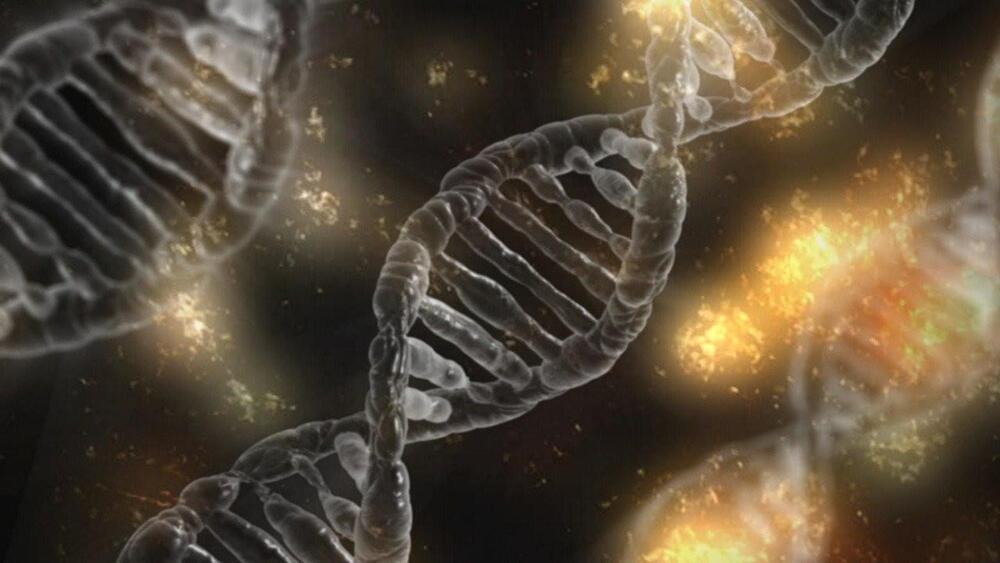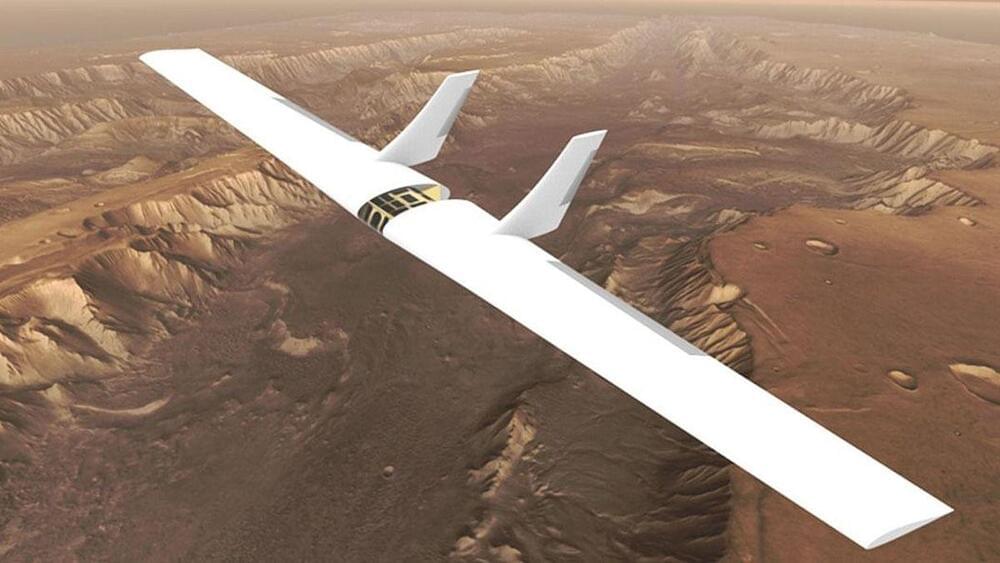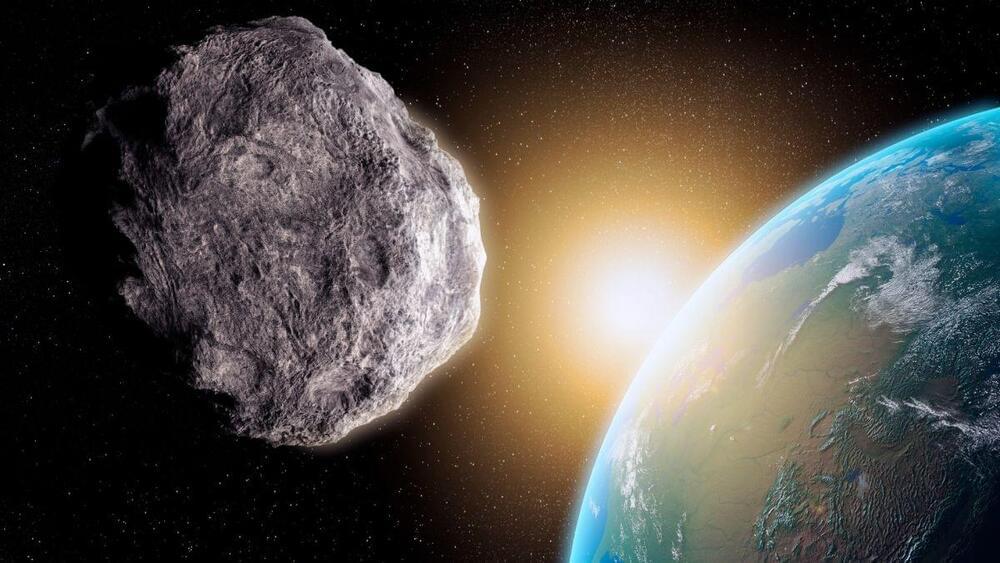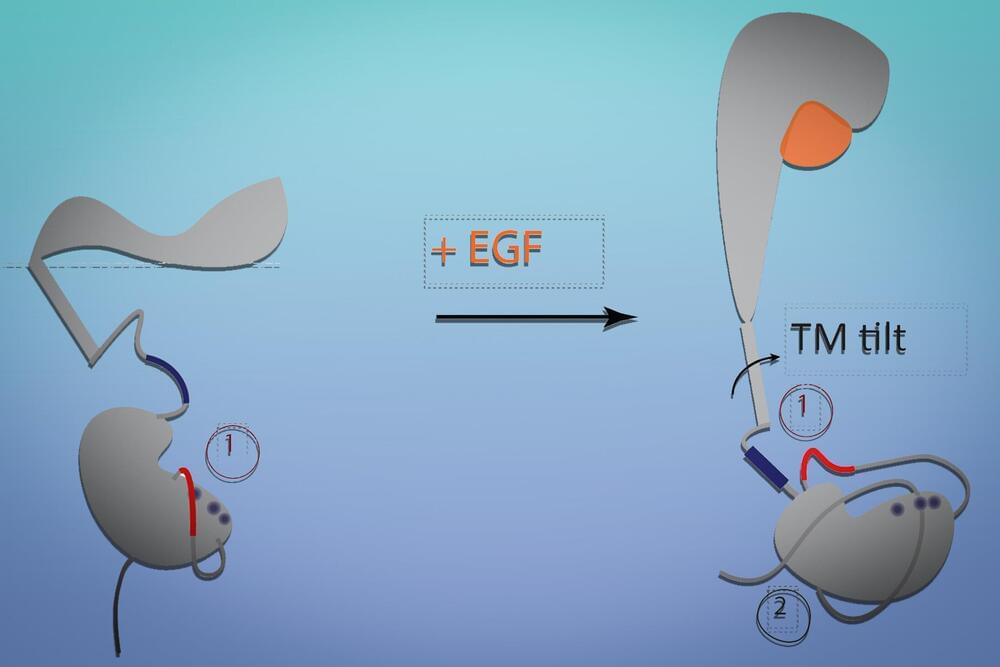MAUI, Hawaii—(BUSINESS WIRE)—Extended Longevity, a Hawaii-based longevity company focused on reversing the biomarkers of aging, announces that new test results show the regrowth of telomeres in a 75 year old man to the equivalent of a 10 year old (a 65 year reversal), using the SpectraCell Laboratories Telomere test. Thus, this demonstrates that his aging process, as represented by telomere biomarker tests, has significantly regenerated.
Continuously updated results from third-party testing labs demonstrating how well our products work in the real world.









